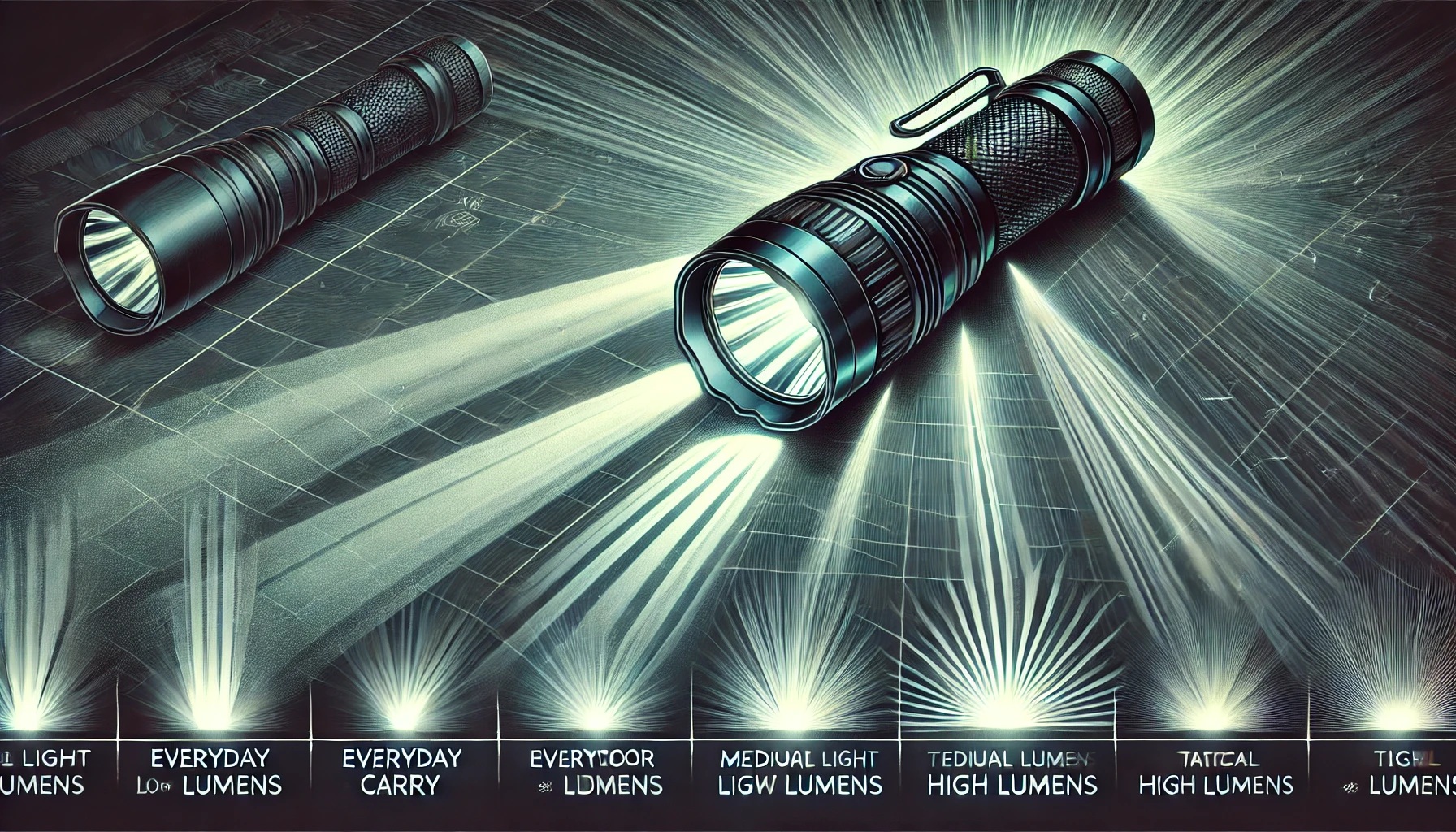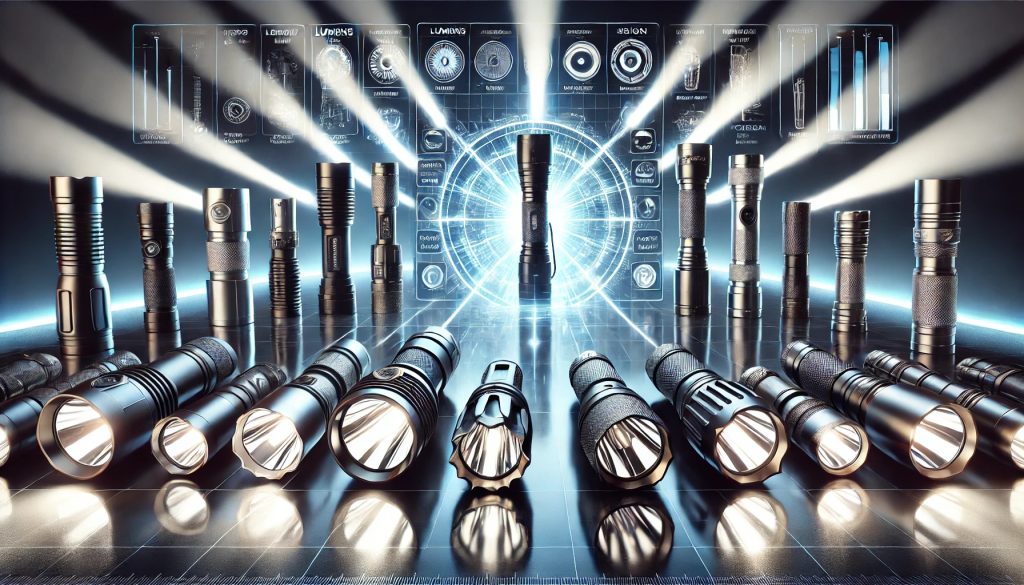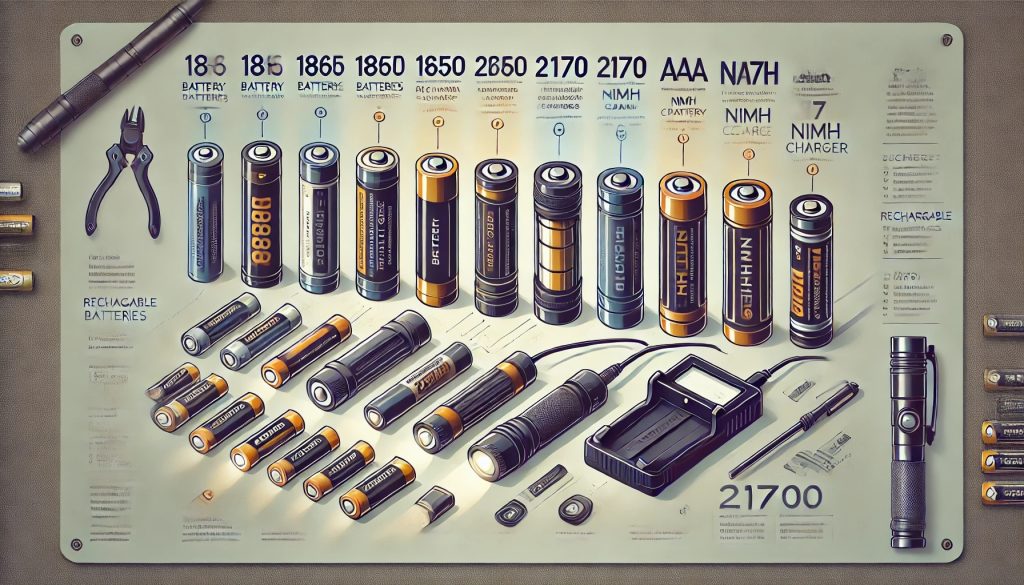When shopping for a flashlight, one of the most prominent specifications you’ll encounter is its lumen rating. But what exactly are lumens, and how do they help you in understanding flashlight brightness? In simple terms, lumens are a measure of the total amount of visible light emitted by a light source. Think of it as the overall “brightness” of the flashlight. This article will delve into the science behind lumens, explaining how they are measured and why they are a crucial factor in choosing the right flashlight for your needs.
What Exactly Are Lumens?
Lumens (lm) are the standard unit of luminous flux, which is a measure of the total quantity of visible light emitted by a source per unit of time. The higher the lumen rating, the more light the flashlight produces, and generally, the brighter it will appear. It’s important to note that lumens measure the total light output in all directions, not just the intensity of the beam in a specific direction.
The Difference Between Lumens and Candela
While lumens tell you the total amount of light, candela (cd) measures the luminous intensity in a specific direction. Candela is more relevant when considering the “throw” or reach of a flashlight’s beam. A flashlight with high candela will have a focused beam that can travel a long distance, even if its total lumen output isn’t the absolute highest. Both lumens and candela are important factors, but for overall brightness, lumens are the primary metric. You can find more detailed definitions of these lighting terms on resources like Wikipedia’s page on Luminous Flux.
How Flashlight Lumens Are Measured: ANSI Standards
To provide consumers with reliable and comparable data, the American National Standards Institute (ANSI) developed FL1 standards for flashlight performance. When you see a lumen rating followed by “ANSI,” it means the manufacturer has tested the flashlight according to these standards. ANSI FL1 standards ensure that lumen output, beam distance, peak beam intensity (candela), runtime, water resistance, and impact resistance are measured and reported in a consistent manner. This helps you make informed comparisons between different flashlight models.
Why Flashlight Brightness Matters
The amount of brightness you need from a flashlight depends entirely on its intended use:
- Everyday Carry (EDC): For tasks like finding things in the dark, walking the dog, or general household use, a flashlight with 100-500 lumens is often sufficient.
- Outdoor Activities (Camping, Hiking): For navigating trails, setting up camp, or signaling, a flashlight in the range of 500-1000 lumens or more might be preferable for better visibility and safety.
- Tactical and Security Use: These applications often require high lumen outputs (1000 lumens and above) for maximum illumination, target identification, and potential self-defense purposes.
- Search and Rescue: In critical situations, flashlights with very high lumen ratings (several thousand lumens) and long beam distances are essential for locating individuals and navigating challenging environments.
Factors Affecting Perceived Brightness
While lumens are a quantitative measure of light output, several factors can influence how bright a flashlight appears in real-world use:
- Beam Profile: A tightly focused beam (high candela) will appear brighter at a distance than a wide, flood beam with the same lumen output.
- Optical Efficiency: The design and quality of the reflector or lens can affect how effectively the light is projected.
- User’s Eyes: Our eyes adjust to different light levels, so the perceived brightness can vary depending on the surrounding environment.
Choosing the Right Brightness Level
Selecting the appropriate lumen output is a balance between having enough light for your tasks and considering factors like battery life and the size/weight of the flashlight. Higher lumen flashlights generally consume more power and may have shorter runtimes. Consider your typical usage scenarios and choose a flashlight that offers a suitable level of understanding flashlight brightness for those situations.
Related Article: Once you understand brightness, the next crucial aspect is how long that brightness lasts. Our article on “Exploring Different Types of Rechargeable Batteries for High-Performance Flashlights” delves into the power sources that drive these lights.
Conclusion: Illuminating Your Needs with Lumen Knowledge
Understanding flashlight brightness through the concept of lumens is fundamental to making an informed purchase. Lumens provide a standardized way to compare the total light output of different flashlights. By considering your specific needs and how different lumen levels translate to real-world visibility, you can choose a flashlight that effectively illuminates your path. Remember to also consider beam profile and battery life to find the perfect lighting solution for any situation.


